After more than two hundred years of relative isolation, Japan's opening to international trade during the 19th century led to unprecedented social, political, artistic and cultural changes. From the beginning of the 20th century, painting, engraving and illustration transformed on several levels. Fully anchored in Japanese ambient modernity, our woodcut belongs to the New Print movement known as Shin Hanga, literally translatable as “recently made prints”. These works were mainly intended for artistic tourism and Western import. The four main genres of the shin hanga tradition are, in order of importance, landscapes, images of beautiful women, actors, and flower and bird motifs. The genre of landscape, says Fukeiga, was very popular at the beginning of the 20th century among writers and artists nostalgic for traditional ways of life in the face of the modernity experienced by Japan during this period. Representing Japanese landscapes inspired by Hiroshige in the Edo period, they are imbued with realism and have strongly marked contours, thus expressing all the strength or serenity of nature overflowing with Japaneseness and untouched by any industrialization. Our print of Mount Fuji by Masao illustrates this well, with in the foreground its unique rustic dwelling and its solitary fisherman from an already outdated era.
Bibliography: Waves of Revival, modern Japanese prints 1900 – 1960, masterpieces from the Nihon no hanga museum, Amsterdam, exhibition catalog, Fondation Custodia, Collection Frits Lugt, Paris, 2018, 535.p.






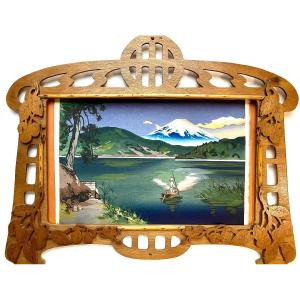





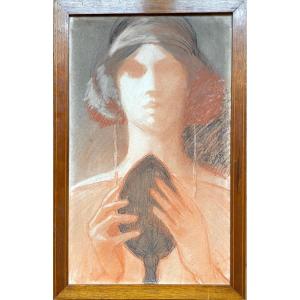

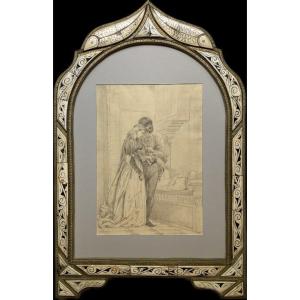
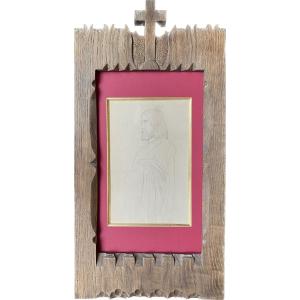
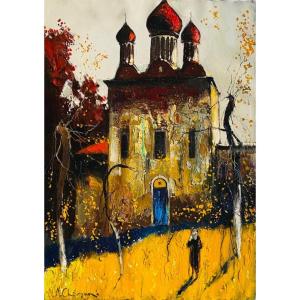



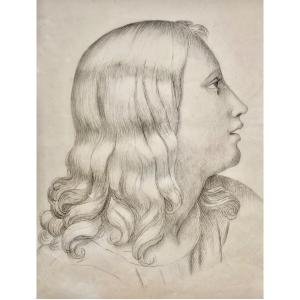


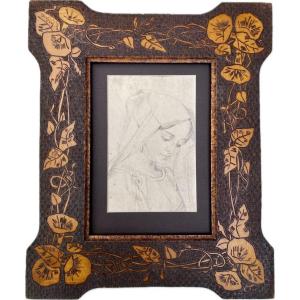
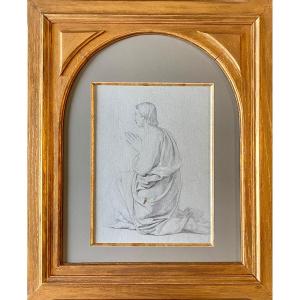




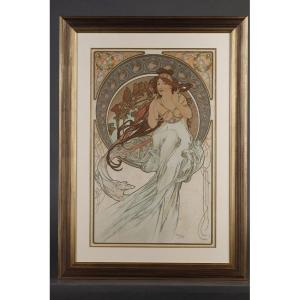
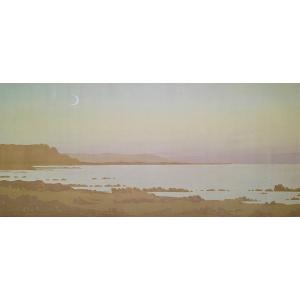



 Le Magazine de PROANTIC
Le Magazine de PROANTIC TRÉSORS Magazine
TRÉSORS Magazine Rivista Artiquariato
Rivista Artiquariato